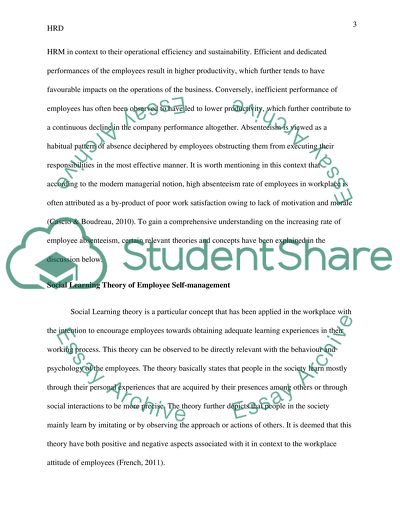Cite this document
(“HRD Essay Example | Topics and Well Written Essays - 2250 words”, n.d.)
HRD Essay Example | Topics and Well Written Essays - 2250 words. Retrieved from https://studentshare.org/human-resources/1493035-hrd
HRD Essay Example | Topics and Well Written Essays - 2250 words. Retrieved from https://studentshare.org/human-resources/1493035-hrd
(HRD Essay Example | Topics and Well Written Essays - 2250 Words)
HRD Essay Example | Topics and Well Written Essays - 2250 Words. https://studentshare.org/human-resources/1493035-hrd.
HRD Essay Example | Topics and Well Written Essays - 2250 Words. https://studentshare.org/human-resources/1493035-hrd.
“HRD Essay Example | Topics and Well Written Essays - 2250 Words”, n.d. https://studentshare.org/human-resources/1493035-hrd.


